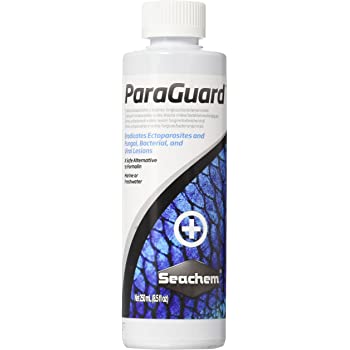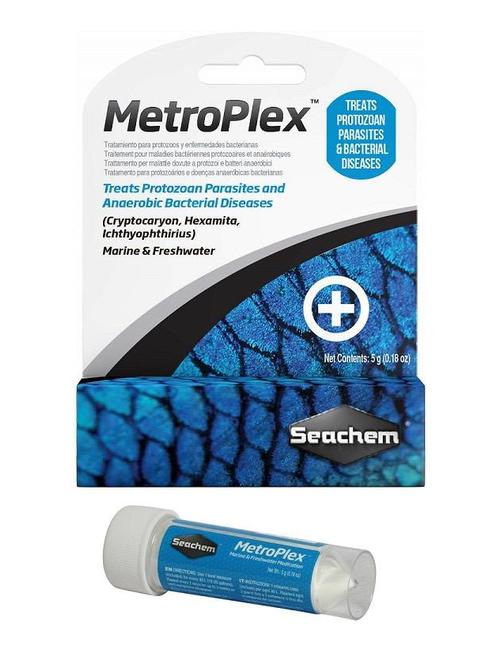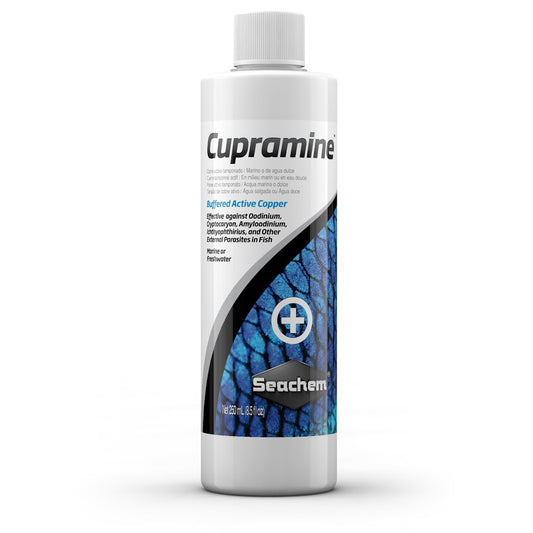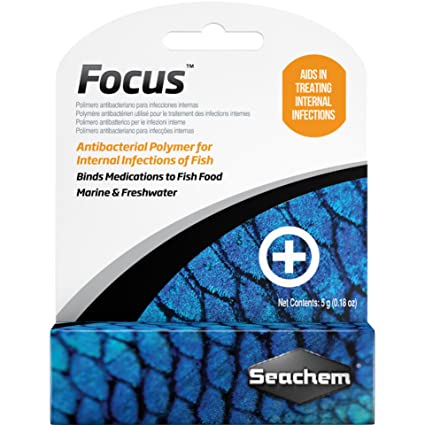The name sounds nice, but don't be fooled. Velvet is one of the more common diseases in aquarium fish and can strike down every inhabitant in the tank before the hapless owner realizes what he or she is dealing with. Also known as Rust or Gold Dust disease, it is caused by one of several species of a tiny parasite known as Oödinium (also known as Piscinoodinium).1 Oödinium is a dinoflagellate, a creature classified by some as a protozoan and by others as algae because it contains chlorophyll. Oödinium doesn't care how it's classified; it's an equal opportunity parasite that strikes fresh and saltwater fish.
-
Names: Velvet, Rust, Gold Dust Disease, Oödinium
-
Disease Type: Parasitic skin and gill infestation
-
Cause / Organism:Oödinium pillularis, Oödinium limneticum
Cause
In freshwater fish, Velvet is caused by either Oödinium pillularis or Oödinium limneticum. In marine fish, Amyloödinium ocellatum causes the dreaded Coral Fish Disease. All three species have symptoms and life cycles similar to the well-known parasite, Ich.
The Oödinium dinospore (tomite) swims using flagella to find a fish and attaches to it with pseudopodia that penetrate the skin, fins and gills. The pseudopodia destroy the cells and the trophont feeds on the nutrients inside. After feeding and maturing, the trophont drops off the fish and forms a reproductive cyst (tomont), which divides into a couple hundred tomites that are released into the water to seek hosts. They must find a host within 24 hours, or die.
Oödinium produces golden spots on the fish that are much finer than the spots seen in Ich. In fact, they are so fine they are often not seen before the fish perishes. Like Ich, Oödinium may be present in most commercial aquariums, but only becomes a problem when the fish are stressed by poor quality water, changes in the water temperature, or being transported.
Symptoms
- Scratching body against hard objects
- Fish is lethargic
- Loss of appetite and weight loss1
- Rapid, labored breathing
- Fins clamped against the body
- Fine yellow or rusty colored film on the skin (giving a velvety appearance)
- In advanced stages, skin peels off
Initially the fish rub against hard objects trying to dislodge the parasites. As the disease progresses the fish becomes lethargic, fins are held close to the body, appetite is reduced and the fish loses weight. A key symptom is difficulty breathing, resulting in rapid gilling.
Perhaps the most telltale symptom is the appearance of a velvety film on the skin that resembles gold or rust colored dust.1 The film may be difficult to see but can be more easily detected by directing a beam of a flashlight on the fish in a darkened room. The parasite is most often seen on the fins and skin, but can also infest the gills. Velvet attacks all fish and will even affect fry that are only a few days old. Anabantoids, Zebra Danios, Goldfish, and Killifish are particularly susceptible to velvet disease.
Treatment
- Raise water temperature
- Dim lights for several days
- Add aquarium salt
- Treat with copper sulfate for ten days
- Discontinue carbon filtration during treatment
Because Velvet is highly contagious and usually far advanced before being diagnosed, it is important to take steps to treat it as soon as possible.1 Treatment is targeted at the free-swimming stage (tomite) of the parasite.
Copper sulfate is the treatment of choice.2 It should be used according to the manufacturer’s instructions for a full ten days to ensure that the parasite is completely eradicated. Atabrine (quinacrine hydrochloride) is another medication that can be used to treat Velvet.
Because Oödinium is dependent on light, dimming the aquarium lights aids in eliminating the infestation. Increasing the water temperature to 28 degrees F will speed the life cycle of the parasite, making it faster to treat and infestation. Adding salt to the water (1 to 3 level teaspoons per gallon of water) will increase the mucus production of the fish to help deter the parasite and will reduce the osmotic stress in the water. Whenever adding any treatment to the aquarium water, activated carbon should be removed from the filter, as it will remove the drugs from the water.
Prevention
- Quarantine new fish for two weeks before putting them in your aquarium
- Maintain high water quality
- Provide fish with a nutritionally balanced diet
Velvet usually only arises when poor aquarium conditions prevail and is highly infectious. Quarantine of new fish for two weeks will greatly reduce the likelihood of contaminating a healthy established aquarium. Any fish that appear to be ill should immediately be removed from the aquarium and kept in a hospital tank to avoid the spread of the parasite.
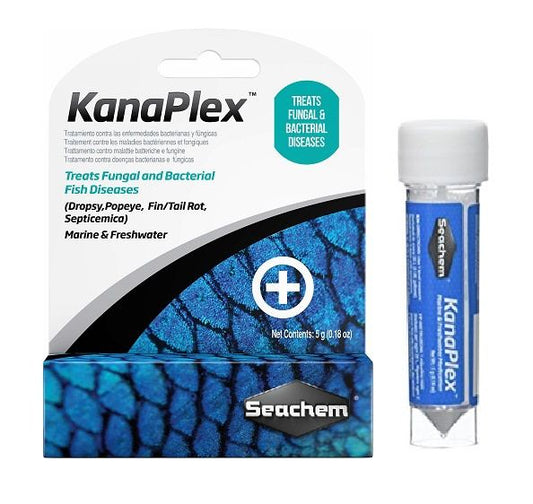 Sold out
Sold out
